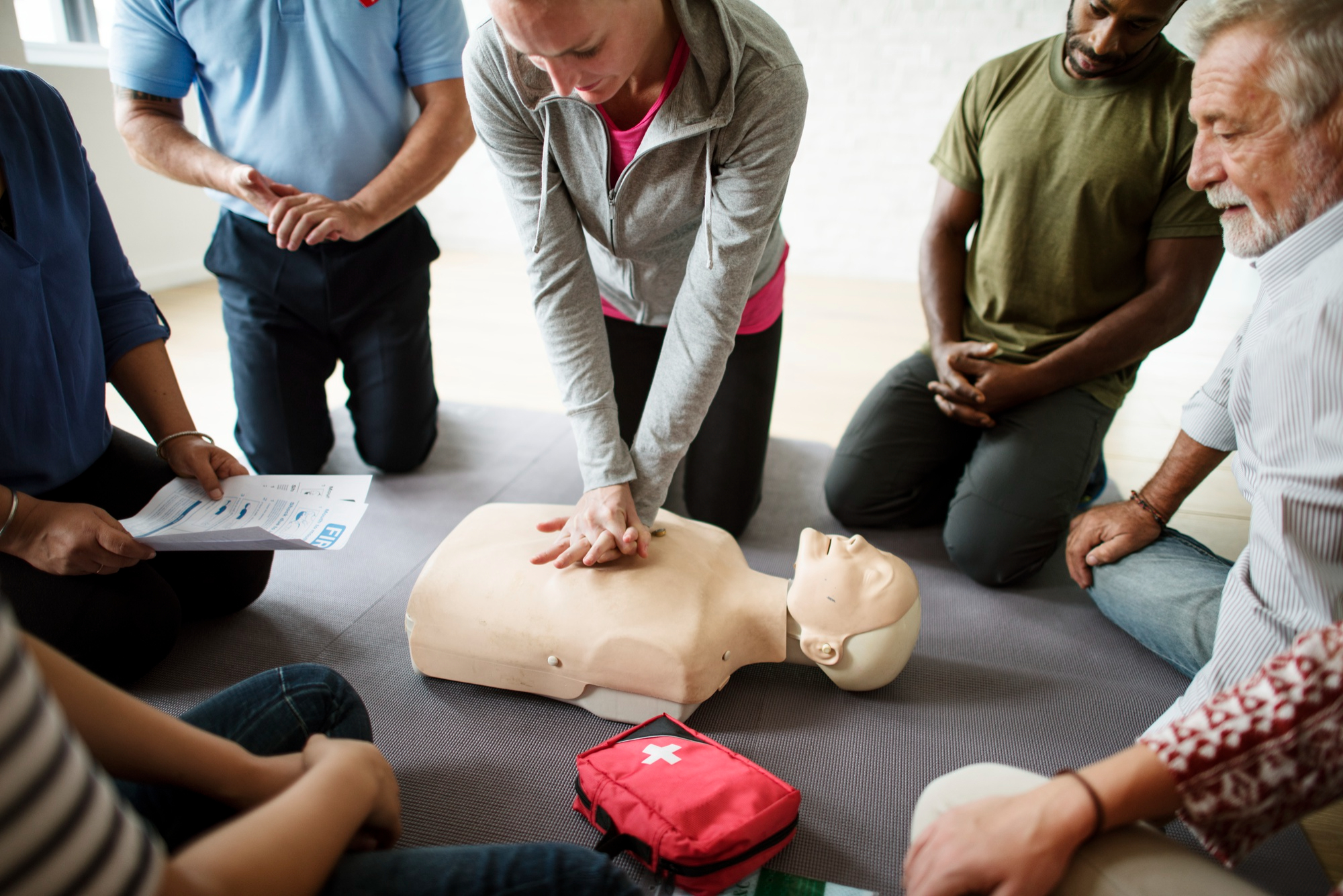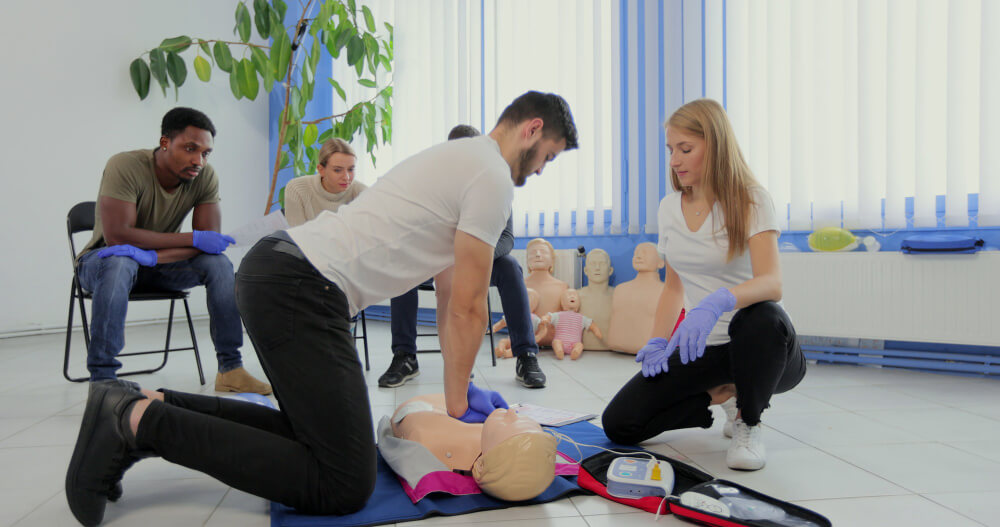What is Chemical Safety Awareness
Chemical Safety is achieved by undertaking all activities involving chemicals in a way that ensures the safety of human health and the environment. It encompasses all chemicals, natural and manufactured, and a range of exposure situations from the natural presence of chemicals in the environment to their extraction or synthesis, industrial production, transport use and disposal.
Both employers and employees are responsible for ensuring that chemical safety is employed in a work setting.
Employers are required to:
- Determine which hazardous substances are present in the workplace.
- Assess the risks to employees and others from the presence of these hazardous substances.
- Prevent or control exposure to hazardous substances to as low a level as is reasonably practicable.
- Have arrangements in place to deal with accidents, incidents and emergencies.
- Provide information, training and consultation to employees.
- Make available health surveillance to employees.
Employees are required to:
- Co-operate with their employer e.g. follow procedures
- Make full and proper use of control measures e.g. using PPE, extract ventilation where provided
- Report any defects in plant/ equipment immediately to the employer as appropriate
- Report any accident or incident which may have resulted in the release of a dangerous chemical/substance into the workplace
What is a Chemical Agent?
Any chemical element or compound, on its own and/or mixed, as it occurs in the natural state or as produced, used or released, including release as waste, by any work activity, whether or not produced intentionally and whether or not placed on the market.
Examples of Chemical Hazards
- Bleach/caustic soda
- Paints/thinners
- Glues/epoxy resins
- Latex glove allergies
- Respiratory Sensitizers
- Lubricating oils/oil mists
- Wood dust
- Pesticides
- Ozone (Photocopier)
- Cleaning agents
- Dyes/toners
Routes and exposure
There are a range of different routes of entry of different chemicals into the body. This includes:
- Ingestion: Eating/Drinking/Smoking/poor hand hygiene
- Intravenous
- Inhalation (mouth and nose)
- Absorption through the skin
- Transplacental (from mother to unborn)
Exposure to different chemicals can have a range of side effects, from cardiovascular, to skin issues, respiratory problems and nervous system issues.
Chemical Spill
Everyone on-site needs to be aware of Spill control/response procedures. The purpose of a Spill Response Plan is to provide procedures that will be followed in the event of an emergency spill incident of a hazardous substance. The purpose of Spill Response Plan is to protect people and the environment from contamination due to spills of hazardous materials on site.
Small chemical spills or less hazardous materials should be dealt with by the appropriate persons wearing the appropriate PPE For those who are responsible for cleaning up spills , response to small spills of hazardous materials may still require the use of respirators
The Spill Response Plan applies to responses of hazardous materials releases that create an emergency situation.
What is an Emergency Situation?
Release of hazardous substance where there is a potential safety or health hazard e.g. fire, explosion, chemical exposure, threat to environment or property. Responses to spill situations that can not be immediately and safely cleaned-up, neutralized, absorbed or controlled by employees in the area who normally work with the hazardous materials.
Why Complete Chemical Safety Awareness Training with ASM Group?
ASM’s Chemical Awareness Training course is designed to provide participants with a clear understanding of what chemicals are and thus the knowledge and skills to work safely with chemical agents within the Laboratory environment. ASM Group’s half day course covers a range of different topics including:
- Health and Safety Legislation & Regulations associated with use of chemicals in the workplace.
- Chemical Forms
- Safe Handling
- Routes Of Entry To The Body and health effects
- Chemical Information Safety Data Sheets
- Classification
- Chemical Control Measures
- Risk Assessment Process, Hierarchy Of Control Measures,
- Administrative Control Measures
- Accidents And First Aid
- Chemical Disposal
- PPE
- Course review and Q&A
If you have a chemical awareness training need, don’t hesitate to reach out to contact@asmgroup.ie and we would be happy to discuss.
References








